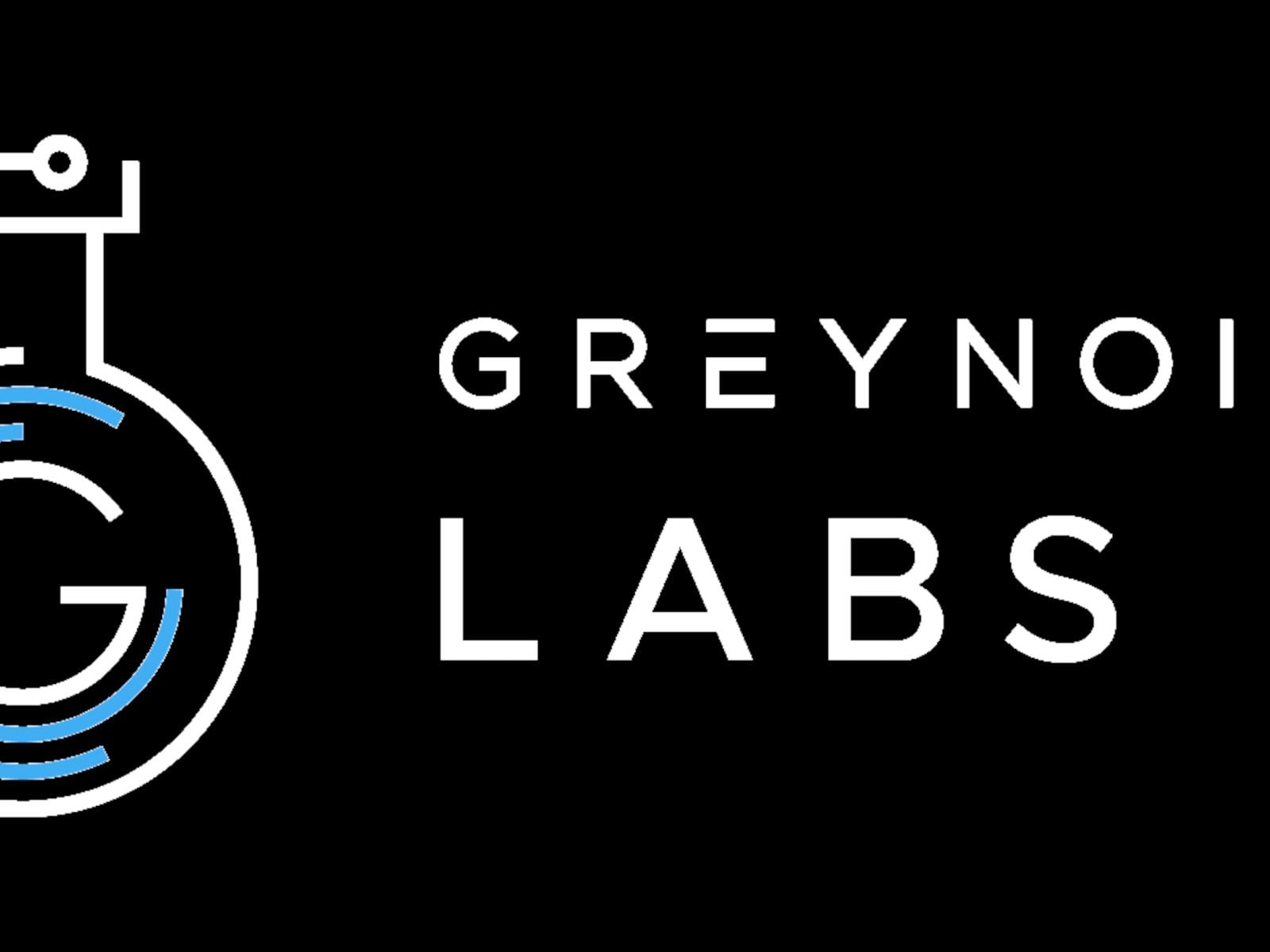During a search for the Brown shoogin suspect, a law enforcement press conference included a request for “Ring camera footage from residents and businesses near Brown University,” according to local news reports.
But in the end it was Flock cameras according to an article in Gizmodo, after a Reddit poster described seeing “odd” behavior of someone who turned out to be the suspect:
The original Reddit poster, identified only as John in the affidavit, contacted police the next day and came in for an interview. He told them about his odd encounter with the suspect, noting that he was acting suspiciously by not having appropriate cold-weather clothes on when he saw him in a bathroom at Brown University. That was two hours before the shooting. After spotting him in the bathroom wearing a mask, John actually started following the suspect in what he called a “game of cat and mouse….” Police detectives showed John two images obtained through Flock, the company that’s built extensive surveillance infrastructure across the U.S. used by investigators, and he recognized the suspect’s vehicle, replying, “Holy shit. That might be it,” according to the affidavit. Police were able to track down the license plate of the rental car, which gave them a name, and within 24 hours, they had found Claudio Manuel Neves Valente dead in a storage facility in Salem, New Hampshire, where he reportedly rented a unit.
“We intend to continue using technology to make sure our law enforcement are empowered to do their jobs,” Flock’s safety CEO Garrett Langley wrote on X.com, pinning the post to the top of his feed.
Though ironically, hours before Providence Police Chief Oscar Perez credited Flock for helping to find the suspect, CNN was interviewing Flock’s safety CEO to discuss “his response to recent privacy concerns surrounding Flock’s technology.”
To Langley, the situation underscored the value and importance of Flock’s technology, despite mounting privacy concerns that have prompted some jurisdictions to cancel contracts with the company… Langley told me on Thursday that he was motivated to start Flock to keep Americans safer. His goal is to deter crime by convincing would-be criminals they’ll be caught… One of Flock’s cameras had recently spotted [the suspect’s] car, helping police pinpoint Valente’s location. Flock turned on additional AI capabilities that were not part of Providence Police’s contract with the company to assist in the hunt, a company spokesperson told CNN, including a feature that can identify the same vehicle based on its description even if its license plates have been changed.
The company has faced criticism from some privacy advocates and community groups who worry that its networks of cameras are collecting too much personal information from private citizens and could be misused. Both the Electronic Frontier Foundation and the American Civil Liberties Union have urged communities not to work with Flock.
“State legislatures and local governments around the nation need to enact strong, meaningful protections of our privacy and way of life against this kind of AI surveillance machinery,” ACLU Senior Policy Analyst Jay Stanley wrote in an August blog post. Flock also drew scrutiny in October when it announced a partnership with Amazon’s Ring doorbell camera system… [“Local officers using Flock Safety’s technology can now post a request directly in the Ring Neighbors app asking for help,” explains Flock’s blog post.]
Langley told me it was up to police to reassure communities that the cameras would be used responsibly… “If you don’t trust law enforcement to do their job, that’s actually what you’re concerned about, and I’m not going to help people get over that.” Langley added that Flock has built some guardrails into its technology, including audit trails that show when data was accessed. He pointed to a case in Georgia where that audit found a police chief using data from LPR cameras to stalk and harass people. The chief resigned and was arrested and charged in November…
More recently, the company rolled out a “drone as first responder” service — where law enforcement officers can dispatch a drone equipped with a camera, whose footage is similarly searchable via AI, to evaluate the scene of an emergency call before human officers arrive. Flock’s drone systems completed 10,000 flights in the third quarter of 2025 alone, according to the company… I asked what he’d tell communities already worried about surveillance from LPRs who might be wary of camera-equipped drones also flying overhead. He said cities can set their own limitations on drone usage, such as only using drones to respond to 911 calls or positioning the drones’ cameras on the horizon while flying until they reach the scene. He added that the drones fly at an elevation of 400 feet.
Read more of this story at Slashdot.





